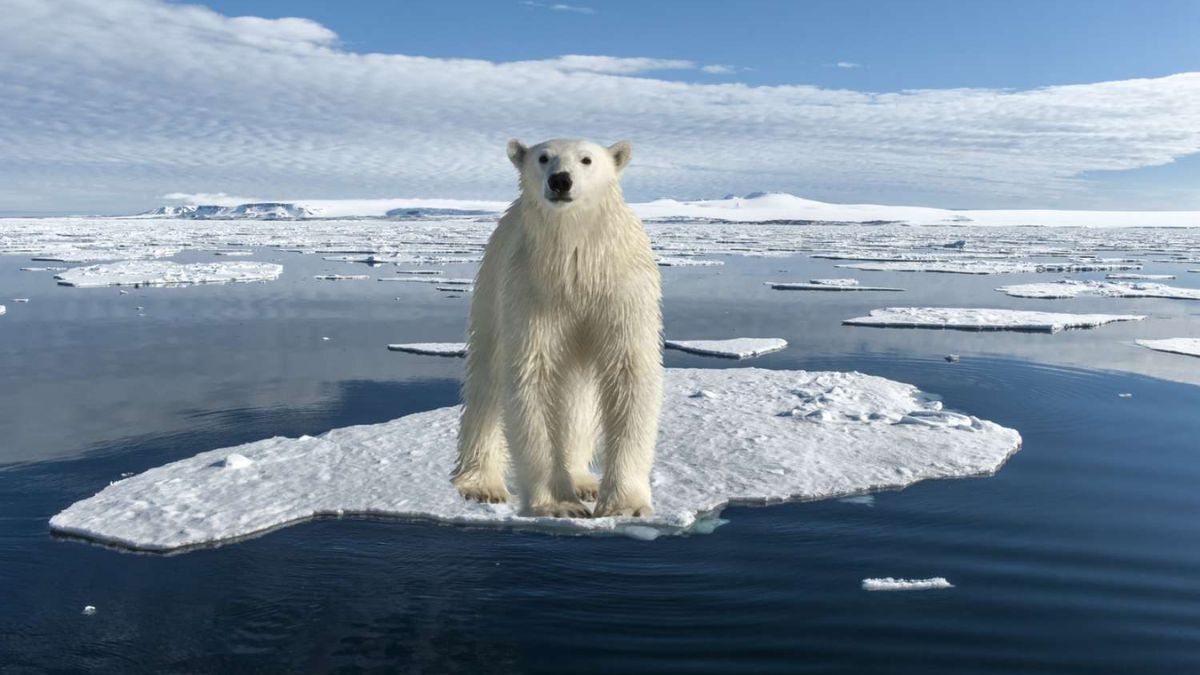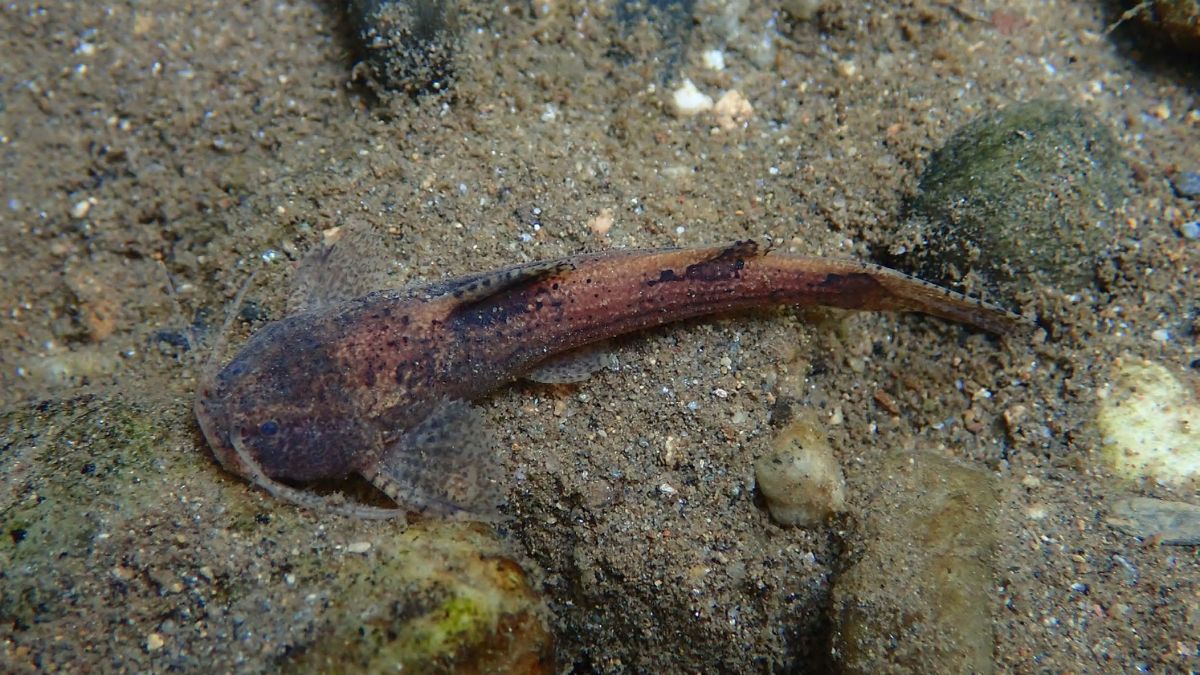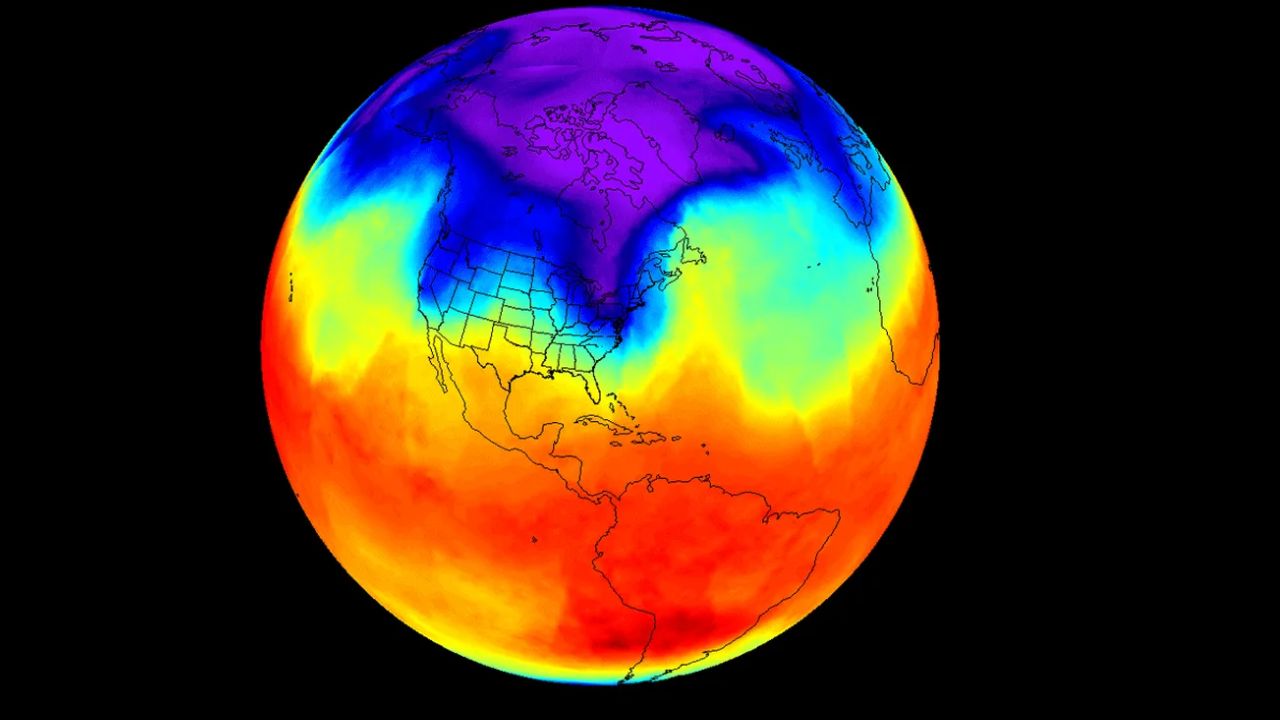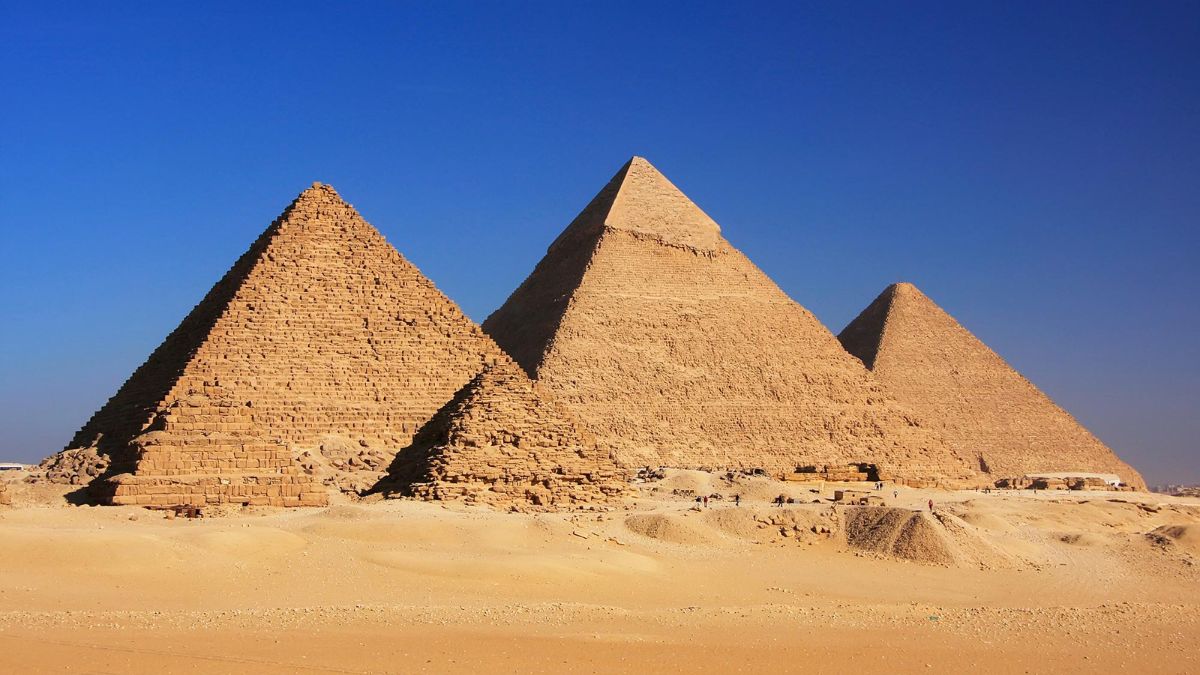We often think of climate change as a modern issue. But what if we told you scientists could have detected its earliest signs way back in 1885? Thanks to a fascinating new study using historical data and modern technology, researchers from NASA, UCAR, and Earth.com have revealed that global warming has been showing measurable signs for well over a century. And if our ancestors had today’s tools—like satellite sensors and atmospheric models—they might have raised the alarm long before we did.
Let’s break down what this study uncovered, and why it matters now more than ever.
Study
This whole research project started as a “what-if” experiment. Scientists wanted to know what would have happened if 19th-century researchers had access to the climate tools we use today. So they imagined a scenario in which scientists in 1860 were equipped with:
- Satellite microwave radiometers (used to measure temperature from space)
- Ice core analysis (to detect ancient atmospheric conditions)
- Stratospheric balloons (to track gases and temperature in the upper atmosphere)
With these simulated data sources, they applied the fingerprint method—a technique that helps identify human-caused climate impacts by separating them from natural ones. The results? Eye-opening.
Signs
Most people associate climate change with rising temperatures. But this study discovered that the first detectable sign wasn’t on the ground at all—it was cooling in the stratosphere.
The stratosphere is the atmospheric layer above the troposphere (where our weather happens). While the lower atmosphere was slowly heating up, the stratosphere was cooling down. That contrast is a clear signature of greenhouse gas buildup from human activity, especially carbon dioxide emissions starting around the Industrial Revolution.
Here’s how it works:
Greenhouse gases trap heat in the troposphere, keeping it from escaping into space. As a result, while the surface gets warmer, the stratosphere loses heat—a temperature pattern that cannot be explained by natural cycles alone.
Layers
Why is the stratosphere so important for tracking climate change? Unlike the troposphere, it’s not affected by short-term events like storms or daily weather. This makes it an ideal layer for detecting long-term climate shifts.
The stratosphere also reacts to two major changes:
| Climate Factor | Effect on Stratosphere |
|---|---|
| Greenhouse gas buildup | Cools the stratosphere |
| Ozone depletion | Reduces heat absorption |
So when both greenhouse gases rise and the ozone layer thins, the stratosphere cools rapidly—a powerful sign of human interference in Earth’s climate.
Tools
If 19th-century scientists had access to:
- Ice core records
- Advanced sensors
- Atmospheric simulations
…they might have flagged climate change over 100 years ago. Back then, we had no idea that burning coal and powering up factories would trap heat in the air and disrupt Earth’s natural balance.
But now we know. And the question is—what do we do with this knowledge?
Impact
The most important takeaway? We’ve been changing the planet’s climate for way longer than we thought. What started with the Industrial Revolution is now a full-blown crisis. The good news is that knowing this gives us power to act.
We can’t undo the past, but we can shape the future. Every choice—from the energy we use to the products we buy—either contributes to the problem or helps solve it. Institutions have their role, but so do we.
Small changes matter:
Switching to energy-efficient appliances, choosing public transport, reducing waste, and supporting clean energy projects are steps anyone can take. Climate change didn’t start yesterday—and if we don’t take action now, it won’t stop tomorrow.
This study is a powerful reminder that we’ve had warning signs for over a century. Now it’s our turn to respond before those signs become irreversible damage.
FAQs
When was climate change first detectable?
In 1885, based on simulated data using modern tools.
What showed the first climate change sign?
Cooling in the stratosphere due to CO₂ buildup.
Why is the stratosphere important?
It’s stable and ideal for tracking long-term changes.
What tools help detect climate change?
Satellites, ice cores, and atmospheric simulations.
Can we still reverse climate change?
We can’t undo the past, but we can reduce future risks.




















